Most Navajo ceremonies are focused on health: on healing someone who is ill or on maintaining health. Navajo ceremonies, often referred to as “sings” or “chants,” are often a reenactment of the creation of the world through myth, song, prayer, and drama. The patient is placed in this recreated world which closely identifies the patient with the powers of the Holy People.
To illustrate the songs used in the ceremonies, the Navajo use sandpaintings or drypaintings. These are created by dribbling colors (made from charcoal and pulverized minerals) on the ground using the first and second fingers and thumb of the right hand. The painting is started at the center and includes symbolic representations of the Holy People. The sandpaintings attract the Holy People: powerful supernatural entities which can cure and bless.
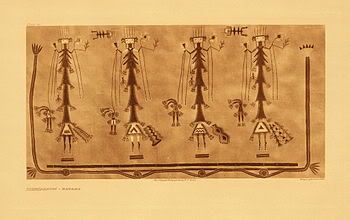
Shown above is a sandpainting photographed by Edward Curtis.
The composition and design of the Navajo sandpaintings are static; that is, the designs used in the sandpaintings are rigidly established. If they are to be effective in bringing about a cure or in maintaining health, the designs must be created without significant change or alteration. The sandpaintings are the exact pictorial representations of supernaturals who are called by their likenesses in the sandpaintings and are compelled to cure under the rules of the universe. If the ritual rules are followed exactly as prescribed by the Holy People, the supernaturals will bring about the cure.
The painting is a vessel which receives its power when the singer sprinkles it with pollen. At this point it becomes an altar. The patient then sits upon the painting during the ceremony. The sandpainting is the medium through which the illness is transferred out of the patient and the health and perfection of the Holy People enter into the patient. As a force in the healing and ceremonial process, the sandpainting is not just to be seen, but it is to be absorbed. When it is absorbed, the beauty and harmony of the sandpainting can help heal the mind and the body. The patient does not just visualize nature or the environment; the patient becomes absorbed in its reformulated harmony and beauty.
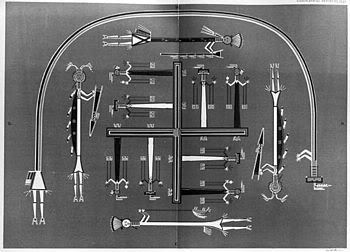
Sandpaintings range from one foot in diameter to over twenty feet in diameter. The larger sandpaintings may take more than a dozen people most of a day to complete. In the larger sandpaintings, the hataali (medicineman or chanter) primarily directs and criticizes as many as a dozen or more young men who are actually creating the sandpainting, each working on a specific part of the overall painting.
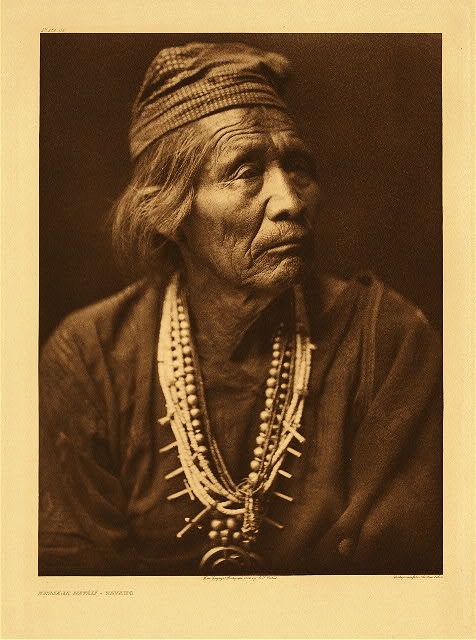
A photograph of a Navajo hataali by Edward Curtis is shown above.
There are two basic types of Navajo sandpaintings: those that belong to the rhythm of the night and those that belong to the rhythm of the day. Sandpaintings belonging to the night are started after sunset and are destroyed before sunrise. Those that belong to the day are begun at sunrise and are destroyed before sunset.
The sandpaintings used in the ceremonies are always temporary: immediately following the ceremony, sand is swept up and carried away. The destruction of the sandpainting is also a ceremonial action. The hataali, using a slender wand, begins with the figure in the east and then obliterates the painting in a sunwise fashion. Once the design is no longer recognizable, the assistants gather the sand in their blankets, carry it to a little distance from the hogan and throw it away.
The five colors used in the sandpaintings usually symbolize direction. White (made from white sandstone) represents the east and is associated with males and the dawn; yellow (made from yellow sandstone) represents the west and is associated with females and twilight; black (made from charcoal) represents the north and is associated with males and night; blue (made from a mixture of blue black and white) represents the south and is associated with females and daylight; red (made from red sandstone) is used to represent sunshine.
Sandpaintings contain supernatural powers which can be dangerous. Misuse of a sandpainting may bring serious consequences: blindness, illness, and perhaps death to the individual and drought and destruction to the society. Thus permanent copies are not made as evil forces and beings might be able to find them and change them from a force for healing to a force for creating illness. For this reason, there is opposition to photographing or copying these paintings in any permanent medium. Many of those which have been photographed, including those made in museums, were deliberately incomplete or in error so that they do not have any spiritual power.
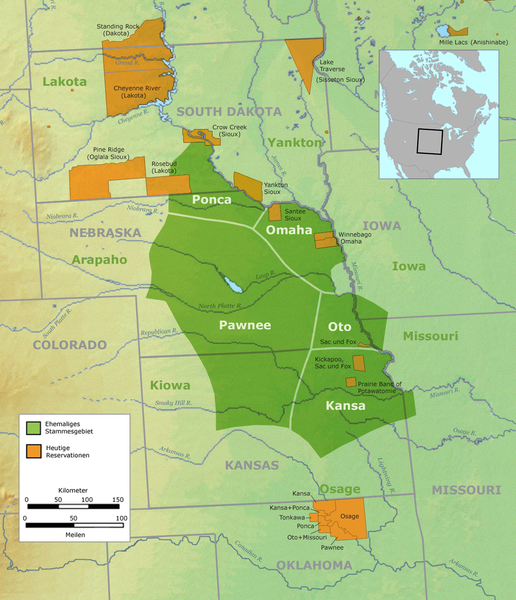
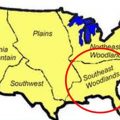
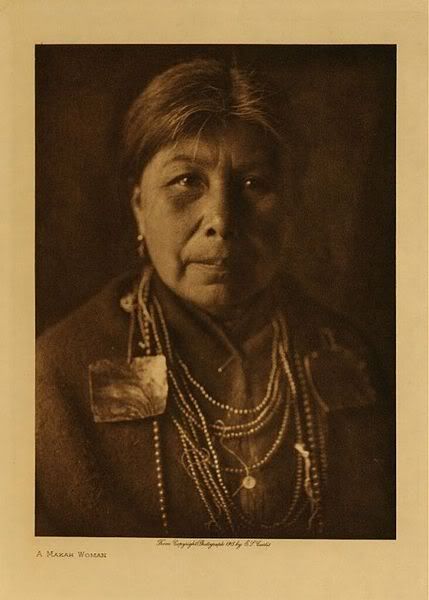
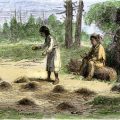
Leave a Reply